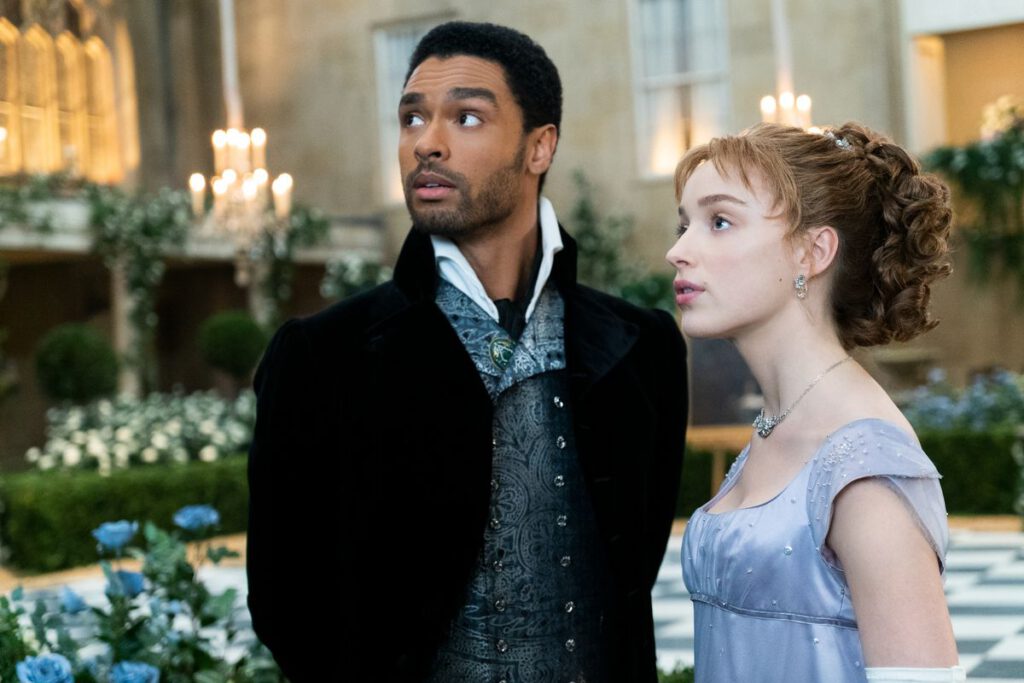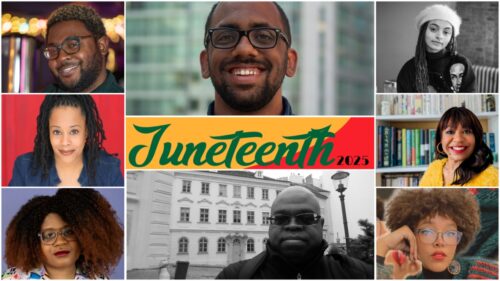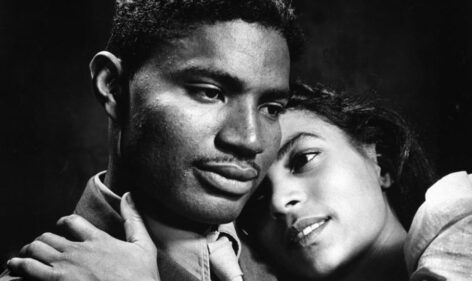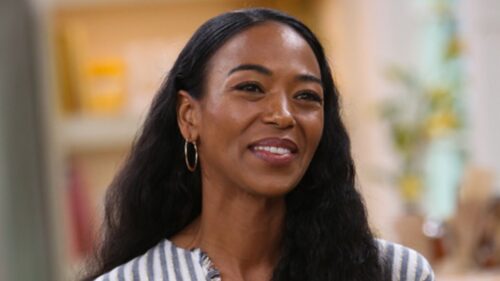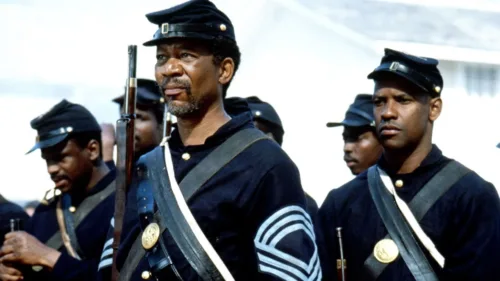Each year I welcome incoming freshmen to my Introduction to Media course. Students enter the class with a long list of assumptions and concerns about the ways in which the media operates. Students want to know why their favorite program got canceled, if anyone really watches “Dancing with the Stars,” who pays Tom Cruise all that money, or if there’s some kind moral line that the media won’t cross. They have concerns surrounding the images created by media companies and the negative influences those images have on culture. Students want to know why the media appears to lack the diversity that they are experiencing in their lives. Given the role that media has in shaping cultural discourse, they wonder why can’t the people who run media corporations just do better?
In response to students’ questions and concerns I share with them the key to understanding media behavior. If they want to understand those entities that create movies, television content, and advertising they must recognize that they are businesses. If my students want to understand what shapes media, they will first have to understand the economic interests that control the ways in which the media operate. When students share experiences where they have felt personally insulted, marginalized, and ignored by the media, I share this quote: “It’s not personal, Sonny. It’s strictly business.”
By focusing on the business of television, students get the opportunity to understand how media and money collaborate. For students who have learned to get their programming from streaming services and YouTube channels, the power of television is often overlooked. The relationship between television’s content providers and advertisers has existed since the creation of the medium and even subscriptions-based services still offer levels of services supported by advertising.
The definition of television has changed over the years, but the appliance is still a centerpiece of how we receive information and entertainment. In the United States, 96.2% of homes have a television set. As of 2009, 82% of them had more than one set, a number that is likely even higher today. Part of the changing model of television has been the growth of streaming services. According to reports, 78% of television households have some type of streaming service and 55% have multiple streaming services. Television has moved from an era of broadcasting to one of narrowcasting where there is intense competition for the attention of viewers. The fractured nature of the audience can be seen in the Nielsen ratings where the only program that crosses racial lines in terms of level of viewership is “Sunday Night Football.” The fractured nature of the audience gives the viewer more control over the content that they receive and provides content providers and advertisers the opportunity to think more broadly about how to garner the audience’s attention.
The future looks bright for those hoping for a more diverse television landscape. The changes in the composition of the television audience will force content providers and advertisers to adjust. The family of the future will be far removed from the Cleavers and the Andersons that defined families of decades past. Currently, 10% of all marriages are between individuals from different racial or ethnic backgrounds. The prevalence of interracial couples is on the rise as 17% of newlywed couples identify as interracial. More interracial couples will lead to more interracial children, a fact that has not been lost of those in the advertising community.
Companies like State Farm, Clearblue, and Hyundai have featured interracial couples/families as part of their national advertising campaigns. These ads are the new normal and so far, have received very little of the online animus which was directed at Cheerios for a 2013 ad that featured an interracial family. The normalizing of interracial relationships and families is reflective of the ever-increasing racial diversity in the United States. According to the most recent census data, there has been an increase of 30% for people who identify themselves as having more than one race.

Television shows like “This is Us” and “Mixed-ish” reflect an awareness among content providers that the family is changing, but there is clearly more work to be done. The Netflix program “Bridgerton” highlighted colorblind casting as one of the keys to success (although it also faced criticism over colorism). Colorblind casting has been a part of programming in the UK for years and there is an expectation that American audiences will see more of it in the future, especially after the success of the Netflix drama.
The entire audience landscape is in transition; it will be interesting to examine the ways in which the media responds. The most recent census data indicates that the United States is becoming a more diverse audience. Most of the growth in population is among people of color. The report shows 29% growth in the Asian population and a 20% increase among Latinos. Those who identify as Black showed an increase of 8.5%, while the Indigenous population increased by 7.6%. The white population showed no increase.
The changes in the make-up of the audience will pressure those who produce content to adjust. It is the job of the public to be active in those conversations. Should we advocate for more diverse content, more training and access within the production ranks, greater diversity among corporate decision-makers? Or should we look to the streaming services to meet our diversity needs (if we are willing to pay)? Any conversations we have about diversity and the media will be significantly more fruitful with the recognition that images and stories created by the media are always driven by the profit goals of the industry.
